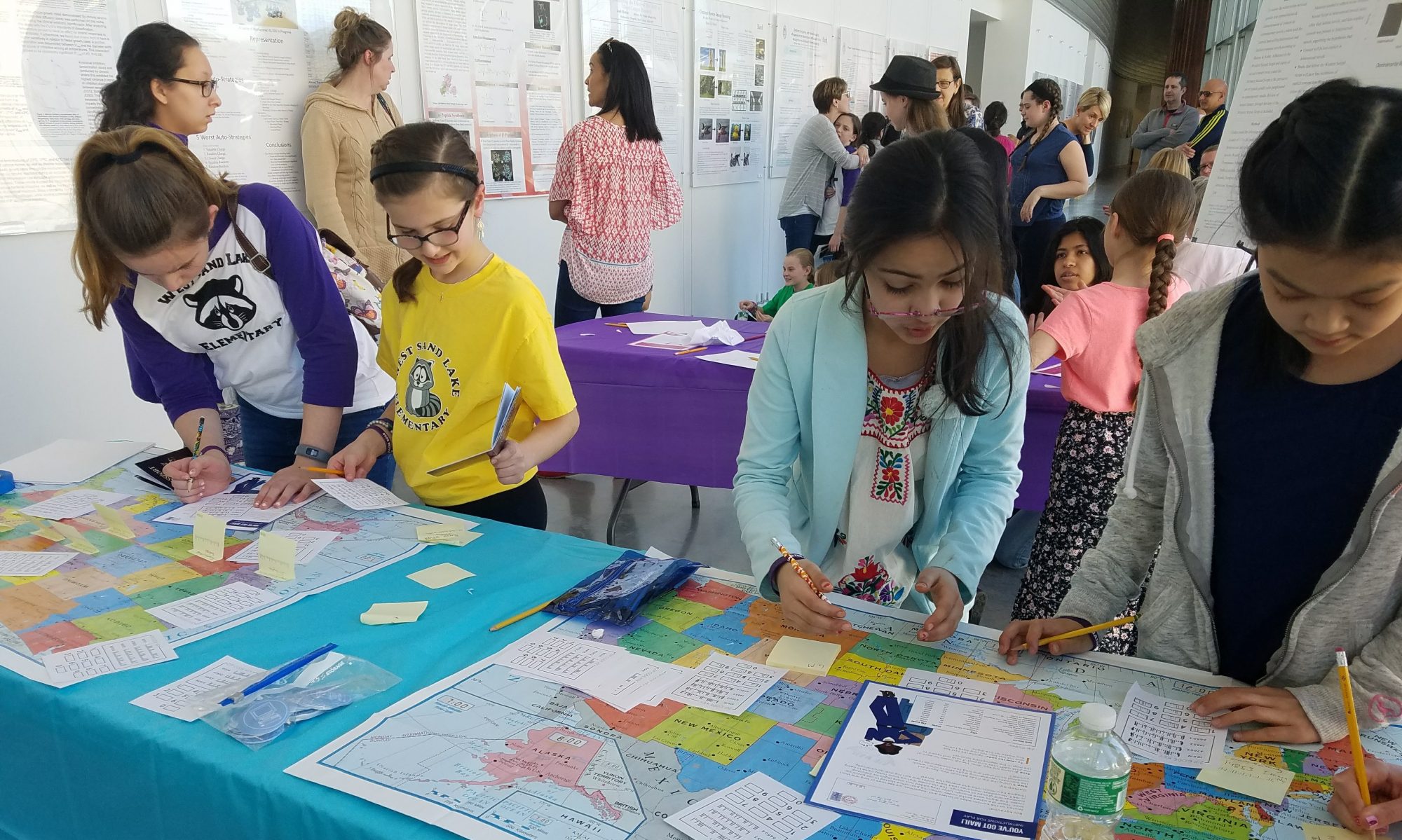We’re planning out events for the next school year, and here are two programs that will be running, starting this fall:
Event: Monthly math circle in Kingston, NY
Location: Kingston Library, 55 Franklin Street
Dates: We will meet on the following Saturdays, 1pm – 3pm:
2013: September 28, October 26, November 23, December 21
2014: February 8, March 8, April 12, May 10, June 14
Audience: Geared toward middle school and upper elementary students
Interested? Email bardmathcircle@gmail.com and ask to join our Kingston email list.
Program: We feature puzzles and games, challenging problems, and hands-on projects. We help students strengthen their critical thinking skills and make math more fun.
Location: Bard College, Annandale-on-Hudson







